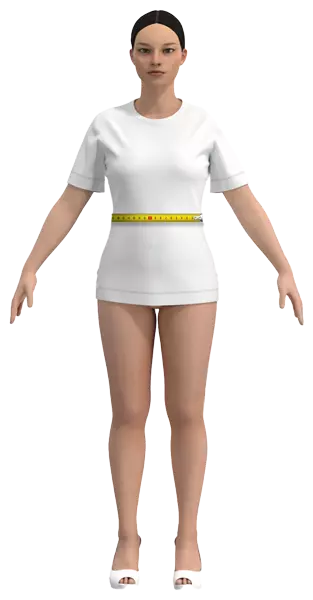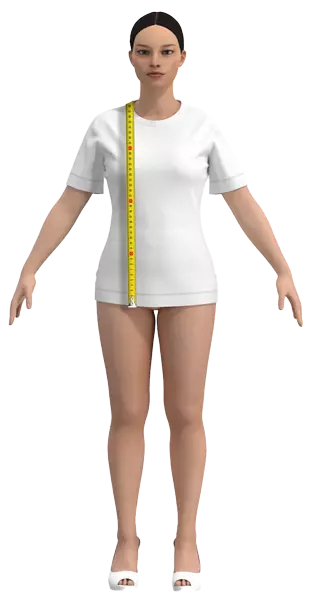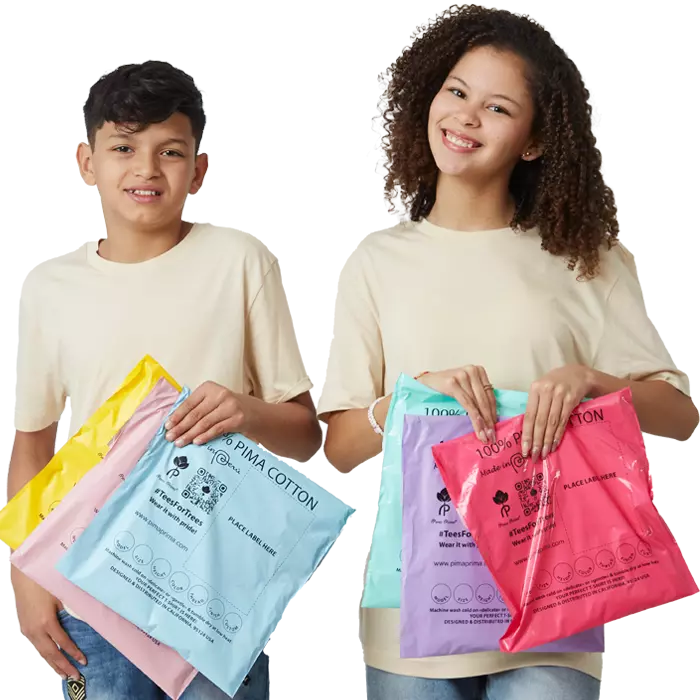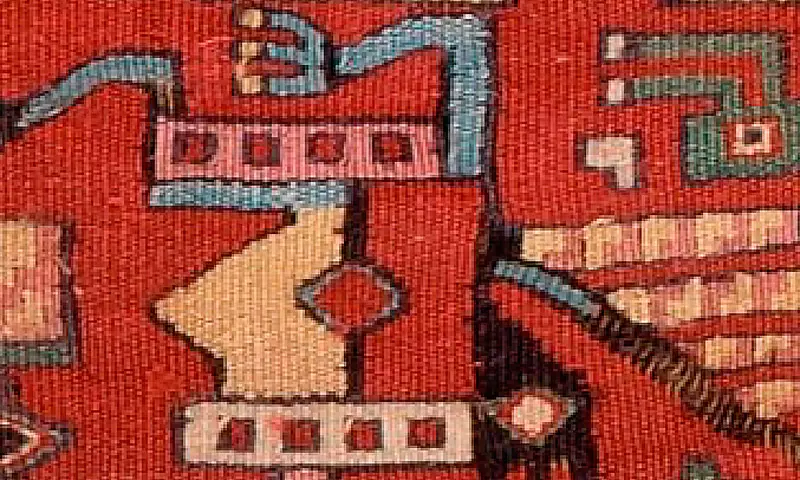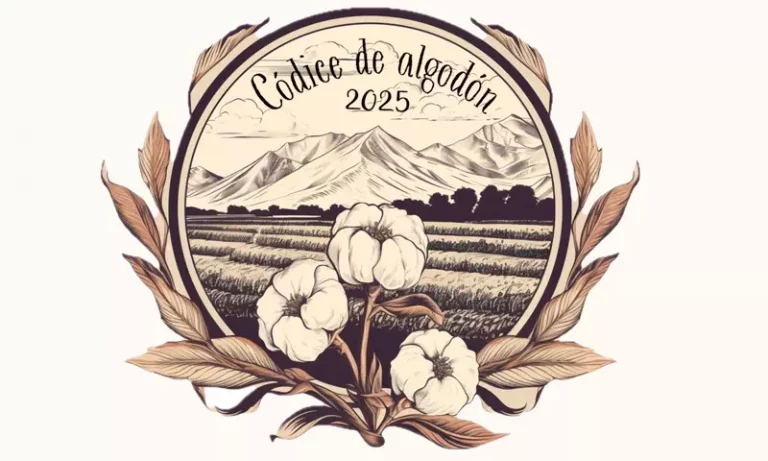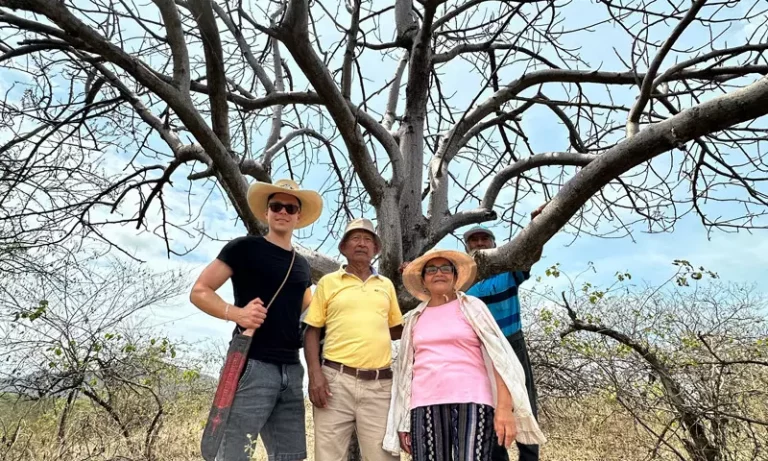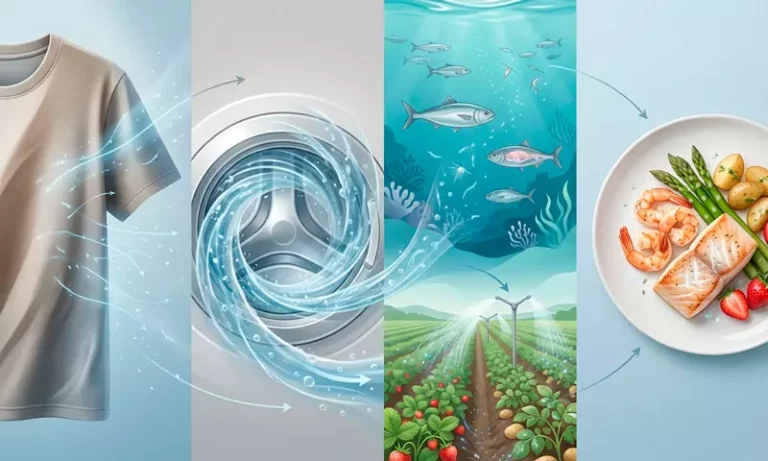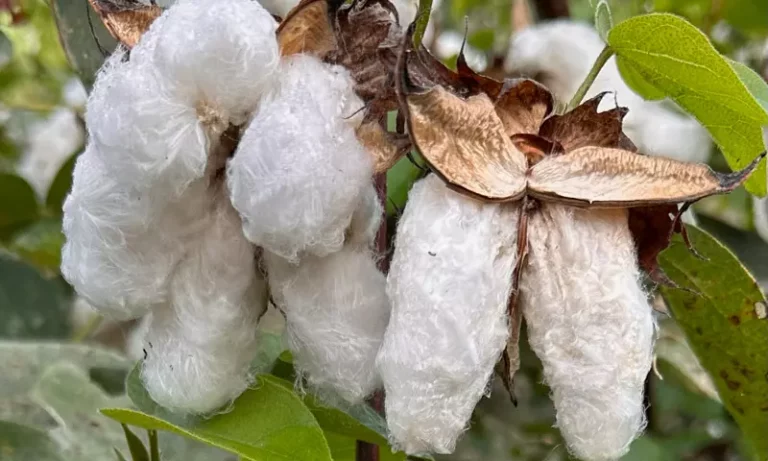In the highlands of Peru, textiles are more than fabric—they are living narratives woven with stories, symbols, and spiritual meaning. For thousands of years, cotton has been at the heart of Andean culture, serving as a medium for storytelling, a marker of social status, and a key component of rituals and trade. The legacy of cotton textiles in the Andes offers a fascinating glimpse into how ancient and modern communities define themselves through their weavings.
Cotton: The Sacred Thread of the Andes
The domestication of cotton (Gossypium barbadense) in the Andes dates back over 5,000 years. Cultures such as the Paracas, Nazca, Moche and Inca mastered cotton cultivation and weaving, producing intricate textiles with symbolic designs. These textiles were not merely functional; they were expressions of identity and spirituality.
Cotton was considered a sacred material, often associated with the sun deity Inti. In Inca society, the finest cotton garments were reserved for nobility and religious leaders, symbolizing divine connection and high status. The Incas even classified textiles into categories based on quality, with cumbi being the most luxurious fabric, woven with superfine local cotton and vicuña wool.
Today, Pima Prima continues this heritage by using premium Pima cotton to create t-shirts and garments that combine traditional Andean craftsmanship with modern sustainable fashion.
Weaving as a Language of Identity
In Andean societies, textiles functioned as a form of communication. Patterns and colors conveyed messages about lineage, beliefs, and cosmic order. The use of light and dark colors represented duality: night/day, male/female, good/evil.
The tocapu, a geometric motif in Inca textiles, was not decorative alone; it held symbolic meaning. Each design conveyed information about the wearer’s identity, social status and role within the community. Today, Pima Prima’s Pima cotton t-shirts incorporate inspiration from these motifs, connecting modern fashion with ancestral storytelling.
Textiles in Rituals and Trade
Cotton textiles played a central role in Andean rituals and trade. They were offered to deities, wrapped around sacred objects, and even buried with the dead to ensure protection in the afterlife. The Inca Empire collected cotton as tribute from coastal communities and redistributed it across the empire, highlighting its economic and cultural importance.
Communities in Peru still weave textiles reflecting their heritage. The colors, motifs, and weaving styles of different regions act as markers of cultural identity. For example, the chuspa, a pouch used to carry coca leaves, is traditionally woven from native fibers and showcases the weaver’s skill and cultural affiliation.
Legends and Myths: The Spirit of the Weave
Andean textiles are steeped in legends and myths that add meaning to their patterns. One legend speaks of the Apu, mountain spirits who grant wisdom to weavers. Patterns in textiles are often inspired by dreams and visions given by these spirits.
Another story tells of the Ñusta, a princess who wove the first cumbi garment as a gift to Inti, the sun god. Her weaving was said to capture the sun’s rays, bringing warmth and prosperity to her people.
By integrating these stories into design, Pima Prima celebrates the cultural and spiritual significance of Andean cotton while offering modern garments crafted with care and sustainability.
Pima Prima and Ethical Fashion Today
Through the Códice de Algodón project, Pima Prima preserves ancient Andean textile knowledge and translates it into contemporary fashion. Using organic Pima cotton t-shirts, natural dyes, and ethical production methods, Pima Prima connects the past with modern sustainable fashion practices.
The brand’s Pima cotton t-shirts are made with 100% extra-long staple (ELS) fibers for exceptional softness, durability and breathability. By supporting artisans and using eco-conscious techniques, Pima Prima embodies a modern approach to heritage, sustainability and ethical fashion.
Museums Showcasing Andean Cotton Textiles
To explore the rich tapestry of Andean textiles, visit these institutions:
Threads That Bind Past and Future
Cotton textiles have served as symbols of identity in Andean societies for millennia. From social hierarchy to ritual and trade, Andean weavings are more than fabric—they are a language of heritage and expression.Pima Prima honors this legacy by offering Pima cotton t-shirts that carry the spirit of Peru’s past into a sustainable, ethical and fashion-forward future.

